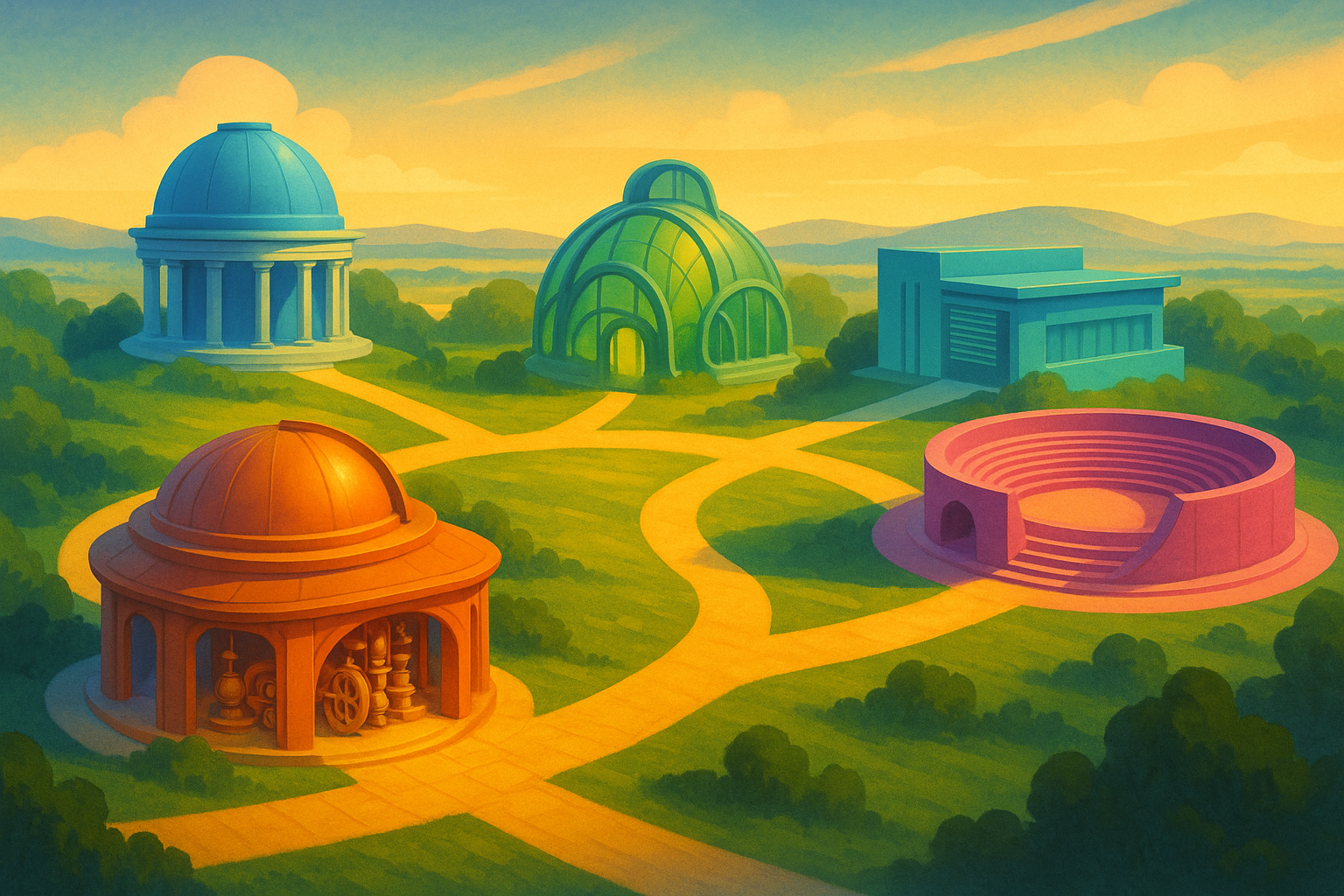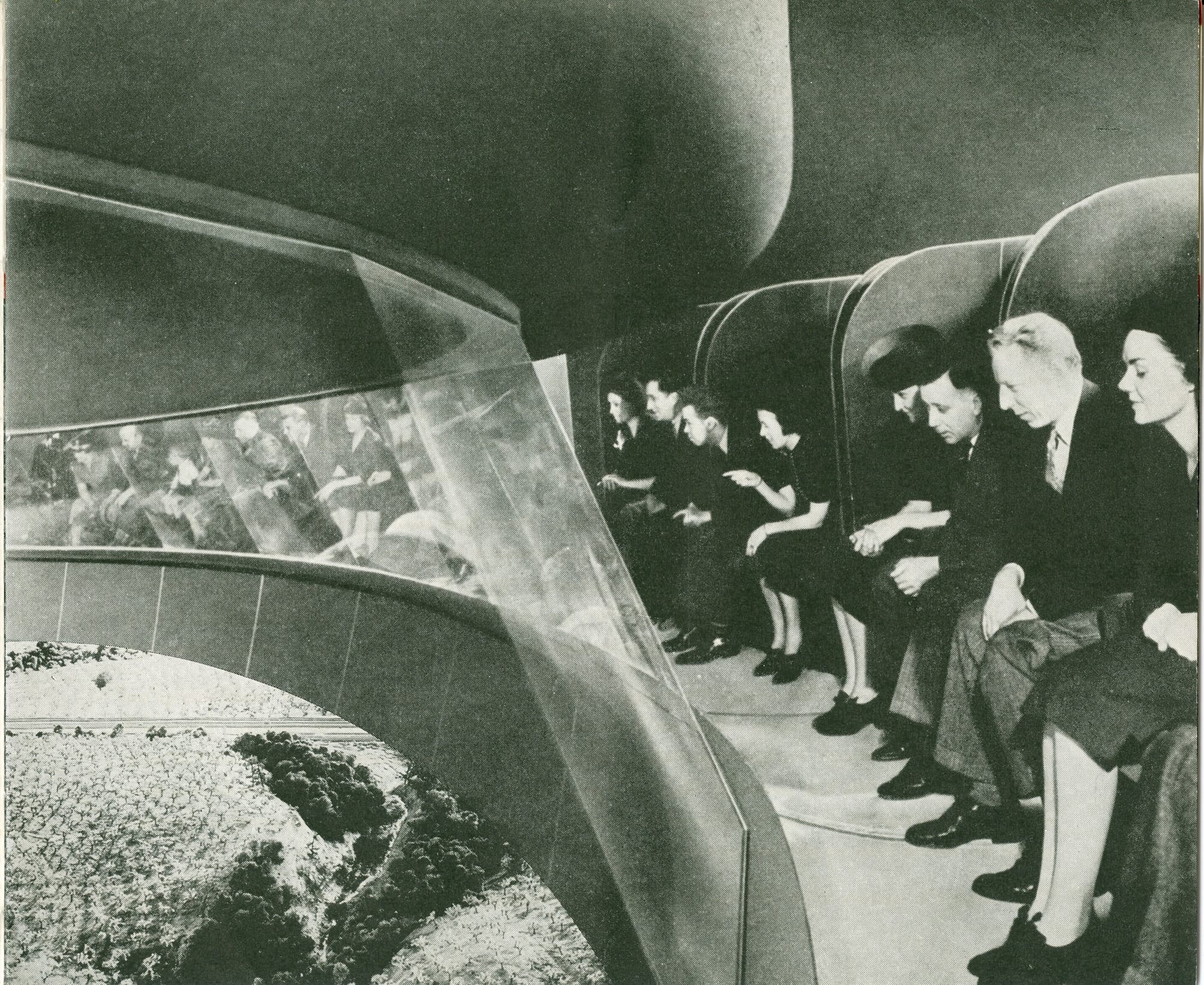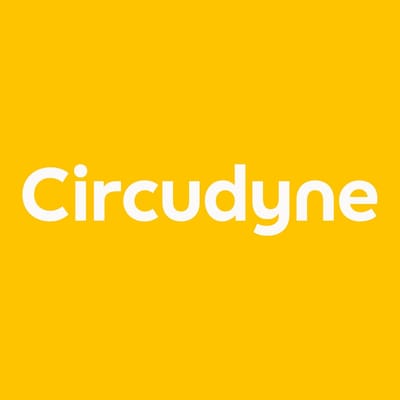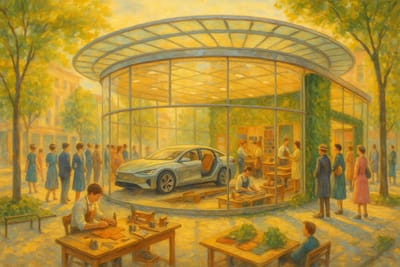The Art and Science of Circular Transformation

Introducing "Circudynamics."
People want to understand why circular transformation matters, and how to achieve it systematically. That's why I'm writing my first Circudyne Letter piece on Introducing Circudynamics: The Art and Science of Circular Transformation. Before diving into the compelling case for circular economy transformation in future pieces, it makes sense to establish the integrated framework that makes such transformation possible. The Circudyne Letter exists to share this transformation architecture with the growing community of circular economy builders—those ready to move from exploring possibilities to building realities. This publication is dedicated to them.
Five years ago, I made a big decision: to walk away from a career in managing leading-edge technology startups to focus entirely on circular economy transformation. The catalyst wasn't idealism—it was pattern recognition.
The circular economy field had a problem. Despite its transformational potential, practitioners were treating it like a sustainability initiative rather than a business transformation methodology. The focus was fixed on back-of-house operations—supply chains, procurement, resource efficiency—while the front-of-house was underserved. Consumer preferences, experience design, and shared vision were afterthoughts.
I saw the potential for circularity to succeed like Lean. Lean and circularity took similar systems-level approaches to eliminating waste. The difference was how much of the value chain they took into account: Lean limited itself to addressing the space between supplier and distributor, while circularity looked at the whole thing.
While working on Lean transformation engagements earlier in my career as a strategy consultant, I'd witnessed remarkable consistency of results. To be sure, companies that mastered Lean principles enjoyed the headline efficiency benefits. What was striking was the second-order benefits: better organizational health that correlated to top-tier enterprise value.
If it worked for Lean, why couldn’t it work for circular?
But it wasn’t so simple. After five years of experience with hundreds of CE practitioners, I kept encountering the same frustrations. Leaders would ask for metrics and KPIs to measure a future that hadn't been invented yet. They were struggling to fill in the blanks of a half-century old playbook that was looking increasingly obsolete: incrementalism wasn't helping them take the transformational leap that circular economy demands. They knew Buckminster Fuller was right—"You never change things by fighting the existing reality. To change something, build a new model that makes the existing model obsolete"—but they lacked the integrated approach to build that new model.
Something new was needed. That's why I developed an integrated transformational architecture that gives brands the tools they need to build an aspirational and delightful future based on circularity—one that future-proofs them for the world to come.
I call it “Circudynamics.”
Circudynamics integrates five domains that traditional sustainability approaches treat in isolation:
Horizons (strategy) reveals what would have to be true for circular futures to emerge, working backwards from aspirational outcomes rather than forward from current constraints. Living Futures (worldbuilding) creates experiential prototypes where stakeholders (especially consumers) can actually feel what circular abundance is like, moving beyond abstract benefits to visceral desire. Catalysts (technology and progress) maps the technological, sociological, and economic forces converging to make circular models not just possible, but profitable. Connection (culture) reads the momentum and relationship dynamics that determine whether transformation actually takes hold. And Craft (integrated organization) weaves it all into beautiful holistic solutions that are so coherent, consumers don't just accept circular approaches—they prefer them.
This isn't another framework for sustainability teams to implement in isolation. Circudynamics recognizes that circular transformation requires the same systematic integration that made Lean revolutionary: when strategy, operations, culture, and brand all reinforce the same principles, you don't just improve—you fundamentally outcompete linear business models. Because waste is waste.
The art (phronesis) lies in navigating situations that are genuinely new—where traditional metrics don't exist yet and you can't iterate your way to breakthrough insights. The science (episteme) provides systematic knowledge intentionally designed to serve breakthrough vision rather than optimize existing operations.
This is The Circudyne Letter. Published weekly, for now it is the primary channel for syndicating the transformational architecture that is Circudynamics. It is an act of love, and a gesture of support, for the thousands of people who are building our circular future.
The rest of this essay covers how different types of leaders can apply Circudynamics to their transformation challenges, plus the practitioner insights from five years of developing this methodology.

Subscribe to continue reading






